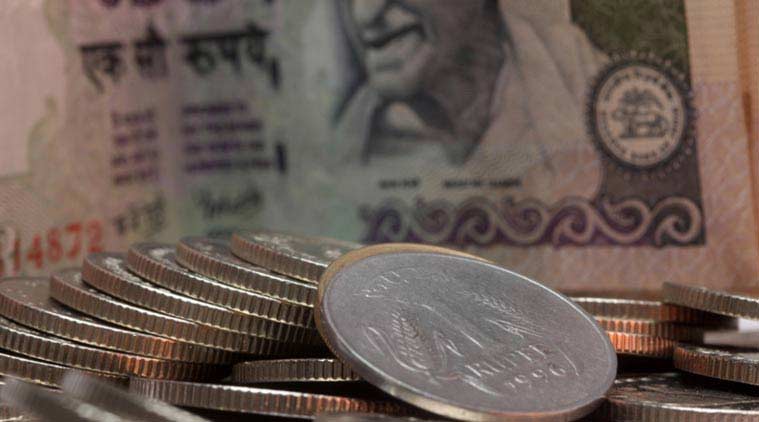India’s current account deficit (CAD) widened to $23.9 billion, or 2.8 percent of gross domestic product (GDP), in the first quarter of the current budget on the back of the higher trade deficit.
The country had reported a current account surplus of $6.6 billion, or 0.9 percent of GDP, in the first quarter of 2021-22, Reserve Bank of India data showed on Thursday.
The 2022-23 April-June quarter deficit increased by $13.4 billion, or 1.5 percent of GDP, in the fourth quarter of the previous fiscal year.
The current account can be expressed as the difference between the value of exports of goods and services and the value of imports of goods and services.
A deficit implies that the country imports more goods and services than it exports — although the current account also includes net receipts (like interest and dividends) and transfers from abroad (like foreign aid).
Underlying the current account deficit in the first quarter of 2022-23 was the widening of the goods trade deficit to US$68.6 billion from US$54.5 billion in the fourth quarter of 2021-22 and an increase in the net outflow of capital gains payments, the RBI said in a press release .
During the quarter, the balance of payments (BoP) surplus decreased to $4,595 million from $31,870 million in the corresponding quarter of the prior fiscal year.
“The problem with the CAD was mainly due to the widening trade deficit. However, much support came from the invisibles account as both software and remittances saw higher net inflows of $30.7 billion and $23 billion, respectively,” said Madan Sabnavis, Bank of Baroda’s chief economist.
Higher GDP numbers due to inflation have provided some support to the CAD ratio.
“As the July-August trade deficit widened and will continue to do so, we can expect that deficit to widen and estimate a range of 3 to 3.5 percent for the year,” he said.
The trade deficit was nearly $58 billion in July-August.
In the April-June quarter 2022-23, net receipts from services increased sequentially and also year-on-year (yoy), due to rising computer and business services exports, RBI data showed.
Services exports grew 35.4 percent year-on-year, led by broad-based growth in computer, business, transportation and travel services.
Personal remittance receipts, which represent mostly remittances from Indians working abroad, totaled $25.6 billion, up 22.6 percent from a year ago, the data showed.
Net expenditure on the income account, which primarily reflects investment income payments, increased to $9.3 billion from $7.5 billion a year earlier. Net commercial credit to the country recorded an outflow of $3 billion in the first quarter of 2022-23, up from an inflow of $0.2 billion a year ago.
Deposits from non-residents recorded net inflows of $0.3 billion in the first quarter of fiscal 2022-23, compared to $2.5 billion a year ago.
On a BoP basis, foreign exchange reserves increased by $4.6 billion in the quarter compared to $31.9 billion in the year-ago quarter, RBI data showed.
Meanwhile, the country’s external debt was estimated at US$617.1 billion at the end of June 2022, down US$2.5 billion from the level at the end of March 2022.
The external debt-to-GDP ratio fell from 19.9 percent at the end of March 2022 to 19.4 percent at the end of June 2022, RBI data showed.

“Incurable gamer. Infuriatingly humble coffee specialist. Professional music advocate.”







